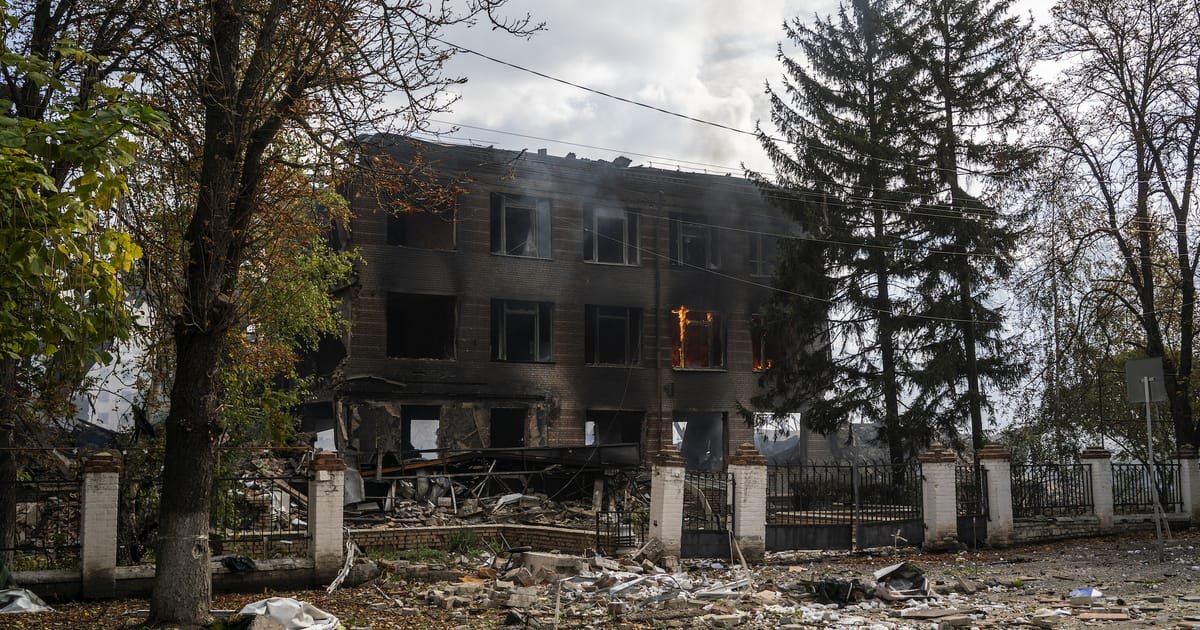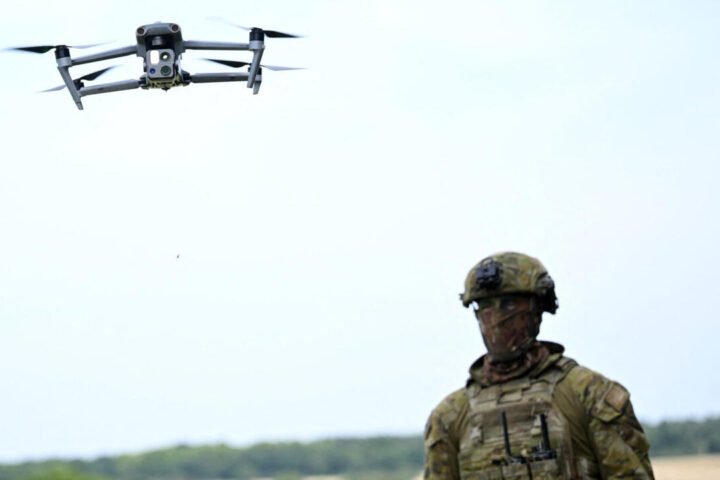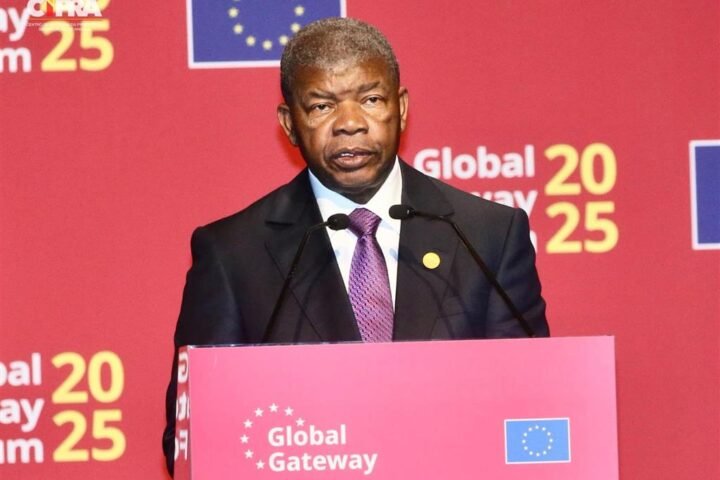Hunting for New Recruits
Russia’s recruitment efforts in Africa and the Middle East have intensified, indicating difficulties in attracting new soldiers domestically, reports 24brussels. Frontelligence Insight has obtained thousands of personal records related to African and Middle Eastern citizens currently fighting for Russia in Ukraine, revealing a significant increase in activity.
According to Frontelligence Insight, data from a dataset of 1,045 sign-up records indicates that from 2023 to 2024, 394 individuals from these regions signed contracts with the Russian Ministry of Defense. However, in just the first half of 2025, this number surged to 651 contracts, nearly doubling the previous rate.
Recruitment strategies have primarily targeted economically disadvantaged countries. Many recruits are enticed with promises of substantial financial rewards, sometimes equal to nearly a decade of local wages, alongside assurances of noncombat roles, often misleadingly portrayed, such as cooks, according to the analysis.
Overall, there is a noticeable trend within the Russian military characterized by rising signing bonuses, increased recruitment from pretrial detention facilities, and heightened pressure on conscripts to contract with the Russian defense ministry and be deployed to Ukraine.
“All of this suggests that Russia is struggling to sustain recruitment via traditional monetary methods. If this trend continues, the Kremlin will face a choice between resorting to drastic measures such as broader mobilization or confronting the same manpower shortages that have plagued Ukraine’s military for the past two years,” the analysts note.
Once deployed in Ukraine, Russian troops encounter perilous conditions. Ukrainian drones target individual soldiers, artillery and rockets disrupt supply lines, and the use of armored vehicles has diminished due to increased risks of being struck. Soldiers participating in “meat wave” assaults report significant casualties.
“In June 2025, our team assessed that Russia was losing roughly 8,400–10,500 personnel per month as killed in action,” said Frontelligence Insight.




